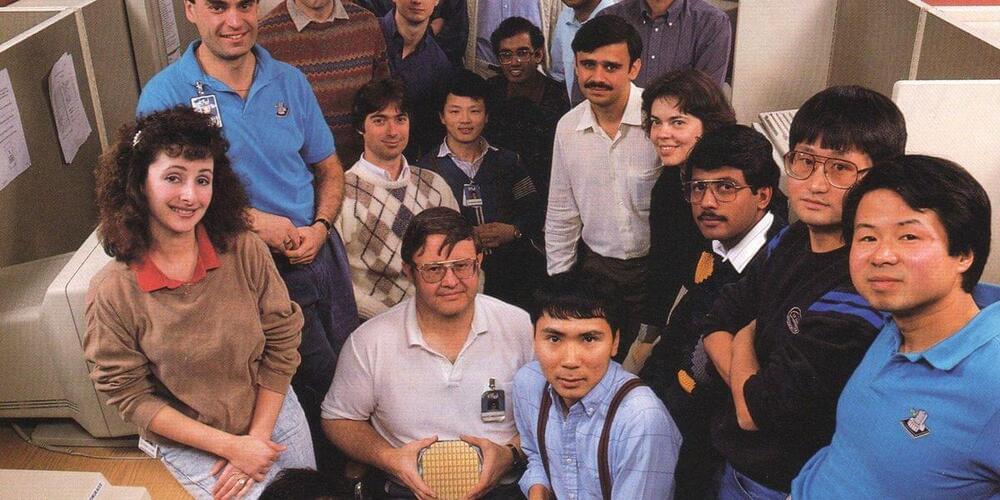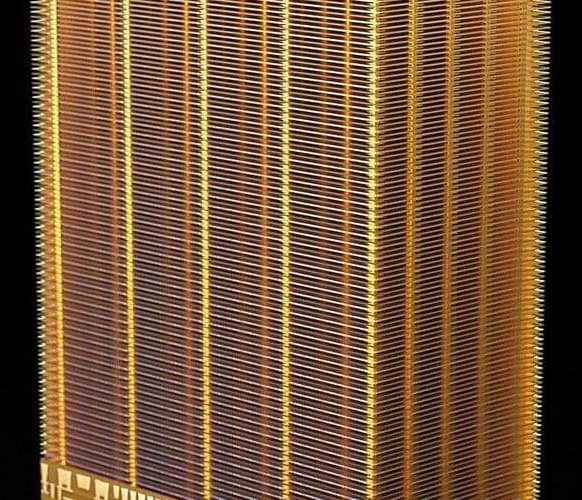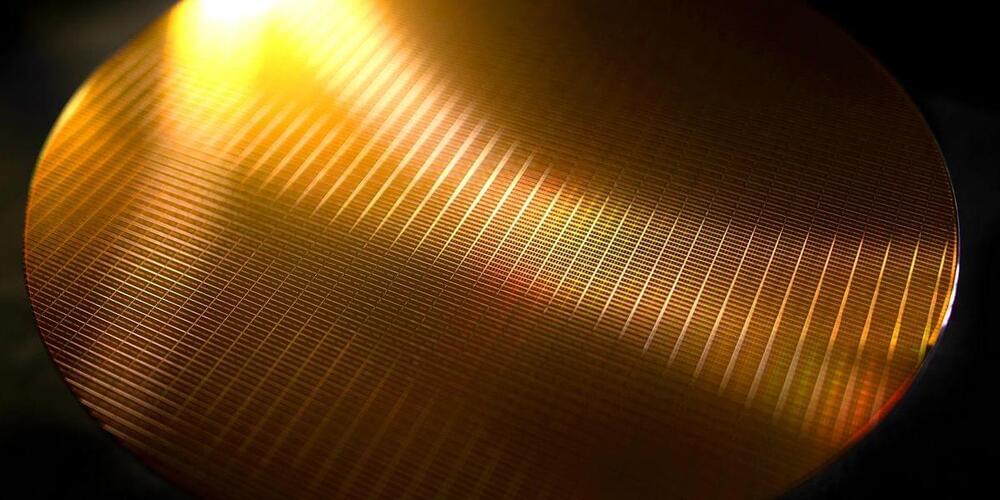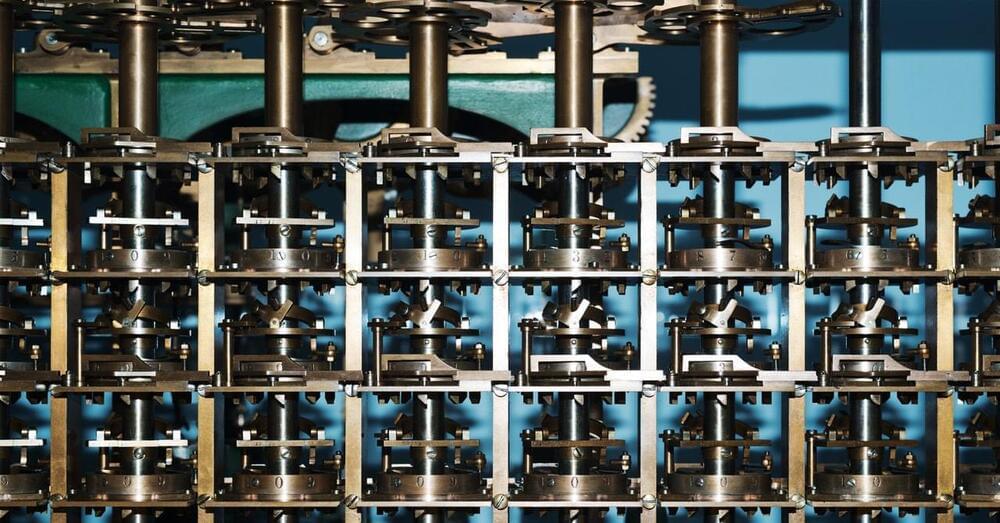Nov 5, 2022
Finalmouse prototype keyboard leaks in a new video, features a CPU, GPU, and 4K display
Posted by Genevieve Klien in category: computing
Some of you might not be familiar with Finalmouse, but the company has been around for a few years and has gained quite a following for its carefully crafted and high-performing mice. The mice are coveted by consumers and professionals and if there is one drawback to the brand, it would be the limited releases that tend to sell out in seconds. At the beginning of the year, the company teased a keyboard in the works, and now, a video of a prototype has surfaced, showing off something truly unique.
Information about the prototype was posted to Twitter by Jake Lucky, showing off a video of the keyboard with some highly unique attributes. Furthermore, the video posted also has some extra tidbits about the device, like the keyboard will be self-powered by an integrated CPU and GPU, which only requires a single USB-C cable for operation. In addition, it will also have custom switch options and a custom 2K / 4K display which will be able to display custom graphics and animations. These graphics will apparently be available directly from Steam and will be powered by Unreal Engine 5. Finally, the construction will reportedly be quite sturdy thanks to its glass-stacked construction.

















